There are oceans of red wine out there and we’re not talking about the Red Sea. We’re talking Cabernet Sauvignon, Merlot, Malbec, Tempranillo, Chianti, Pinot Noir, GSM, lovely blends, and many, many more. There are countless options out there but we’re here to break it all down and make it easy for you to enjoy what’s in your glass, especially now as we head into the cooler stretches and reach for reds all the more often.
We get it, vintage Bordeaux or a priceless Super Tuscan can be exquisite, but this guide is more introductory. Consider it a handshake that introduces you to some of the more approachable options out there. We want you to stick with red wine, not frighten you away from it based on price point.

At the moment, we’re heading into peak red wine season. The zippy whites and refreshing pink wines were great over the summer, but now we need something that can accompany heartier dishes and stand up to holiday meals. Some whites and Roses are capable, but reds tend to really shine in this department.
Here’s a break down of the massive red wine category and how to thoroughly enjoy it.
Red wine regions
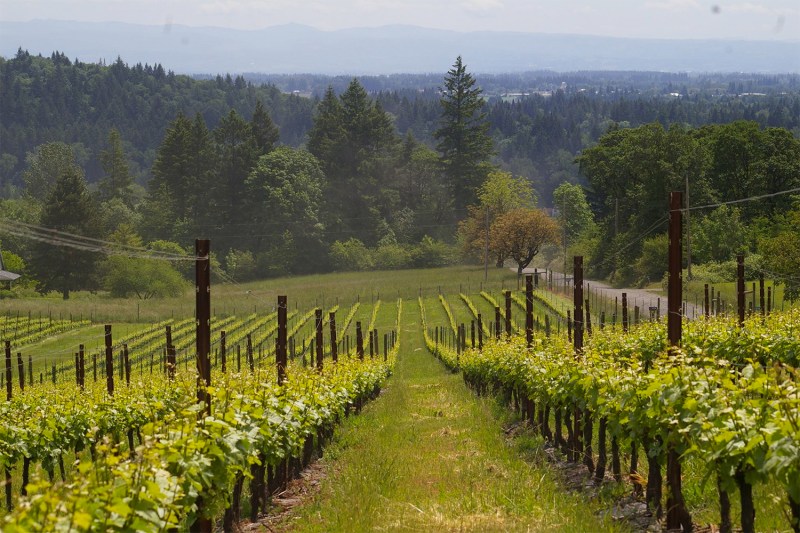
There are innumerable red wine grape varieties grown throughout the world. The twelve below are some of the more popular on the wine map, grown everywhere from the Willamette Valley to South Africa. We encourage you to explore more eclectic regions like Alto Adige or the republic of Georgia but for a first dive into the category, there are a few American states and countries you should keep in mind that reliably turn out quality dry red wine. Think France, Italy, Spain, and Australia, as well as domestic locales like California, Oregon, Washington, and Texas. These places are responsible for some fantastic red single varietals as well as blends.
Dry versus sweet wine
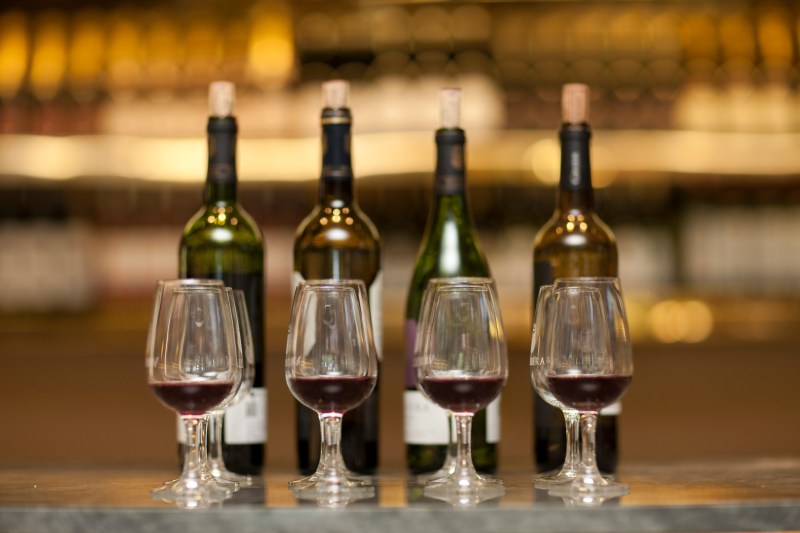
Most red wines are dry, meaning they have little to no residual sugar. Usually, this is because all of the natural sugar in the fruit is fermented to alcohol. Dry wines can confuse people, as sometimes a bone dry red can come off as sweet-tasting simply because of the fruity grape variety involved or the style in which it is made (even if there is no residual sugar). Big, fruit-forward red wine like Zinfandel can seem sweeter than others even when it’s technically dry. It’s part of what keeps the dry red wine category so varied and interesting.
If sweet is your thing, check out sweet red wine styles like Lambrusco or certain types of Valpolicella. There are also sweeter fortified wines like Porto or Vin Santo, which do great with funky cheeses.
How to taste red wine
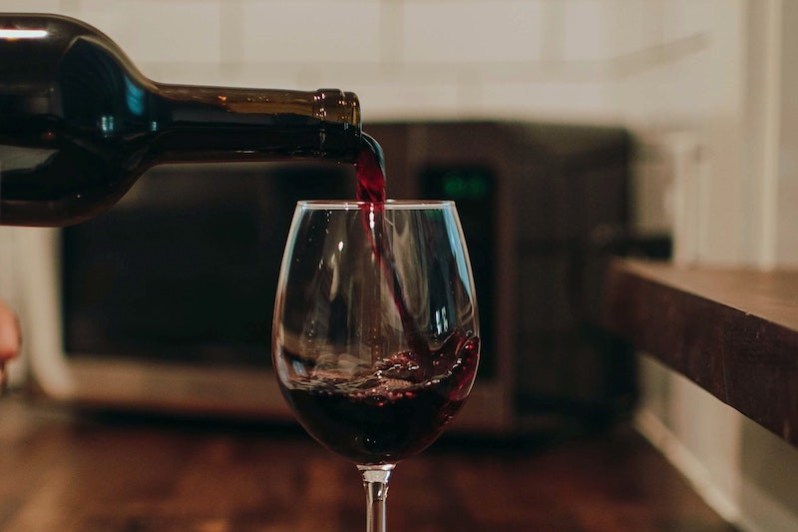
Simply put, there’s no wrong way to go about tasting red wine. But there are a few things you can do to improve the experience. With dry reds, in particular, be sure to let the bottle breathe for a while after you open it. Better still, decant the wine to introduce some oxygen and really open up the aromatics and flavors. Due to the complexity of most good reds, you’ll want to use a larger glass that can really showcase the wine and allow you to swirl, sniff, sip, and repeat. Try side-by-side tastings to detect differences in vintages or varietals, or taste with your friends and compare notes.
Escudo Rojo Reserva Cabernet Sauvignon
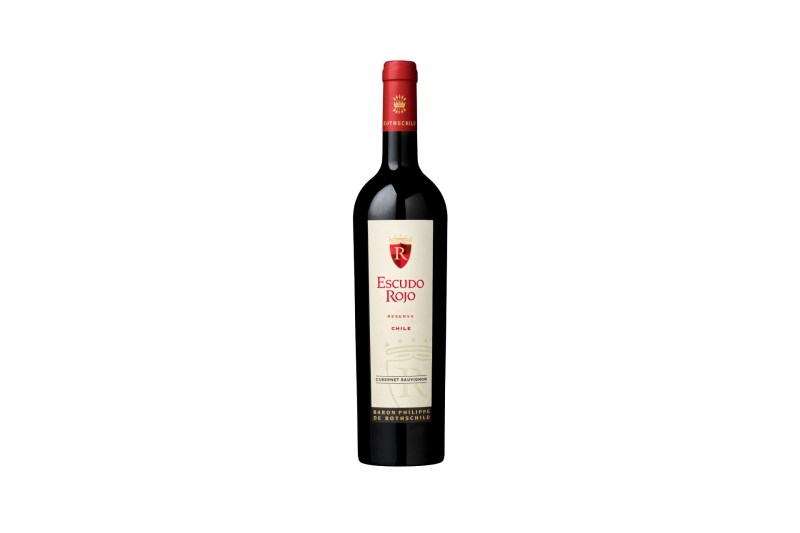
There’s a lot of worthwhile Cabernet Sauvignon out there but this one from Chile is particularly intriguing. It’s also a great option that will not break the bank.
McKinlay Pinot Noir
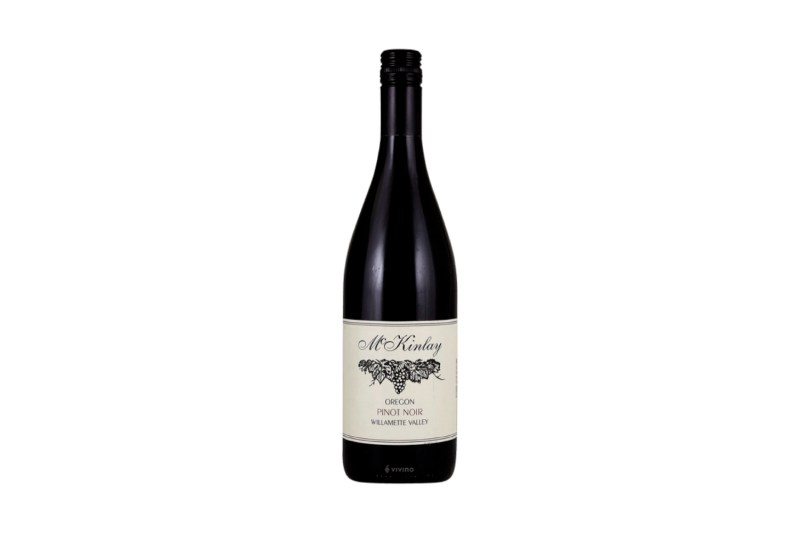
This is easily one of the best Willamette Valley Pinot Noirs for the price and very much tracking down. It’s full of finesse and layers and drinks like a bottle two-to-three times the price tag.
Far Niente Cabernet Sauvignon
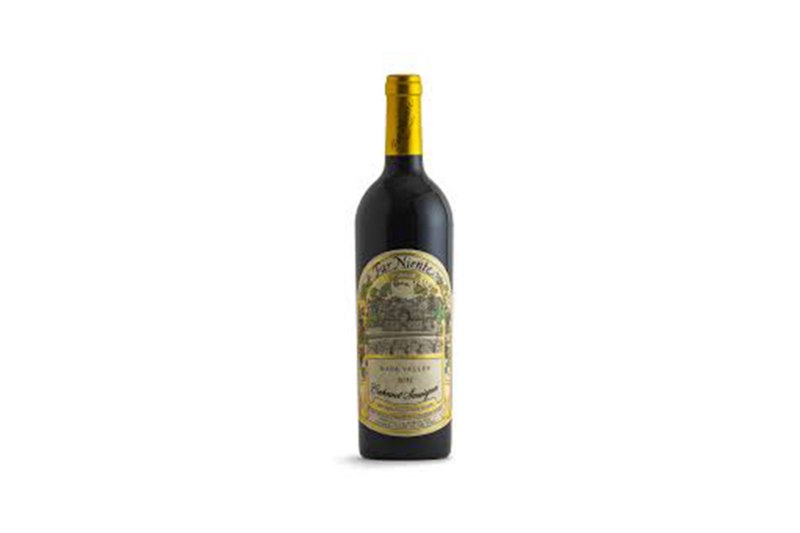
The red releases from this iconic Napa producer are often legendary. You’ll have to shell out, of course, but it’s almost always worth it and it’ll serve as a gateway wine to get you transitioning into the really good stuff.
Ruffino Chianti
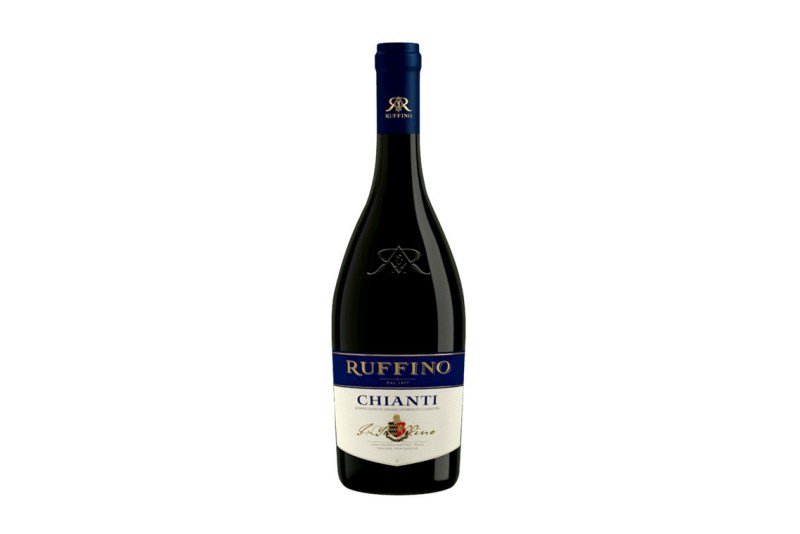
You can find this offering at most grocery stores and while seemingly ubiquitous, it’s also a tasty example of an age-old Italian wine. Like any good Chianti, it’s dry, a bit savory, and great with red sauce. For a little more depth, try the tan label, or Reserve version.
Domaine des Gravennes Cotes du Rhone
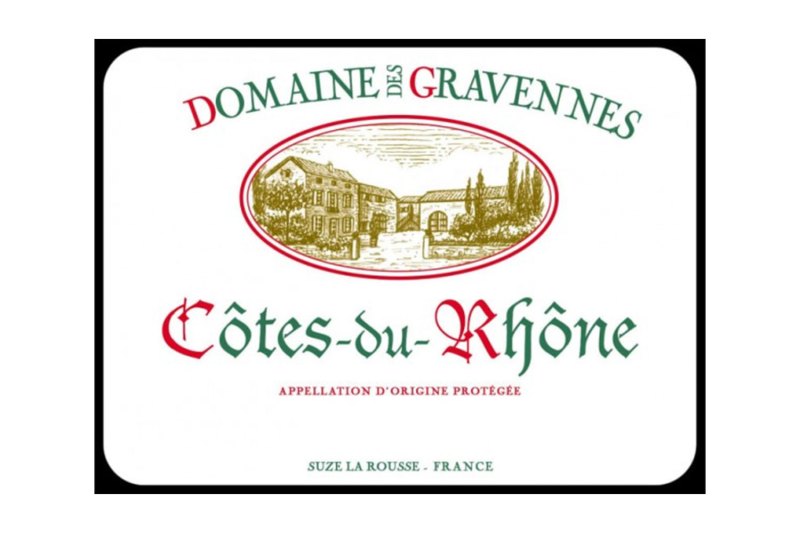
A GSM is a classic blend, made of Grenache, Syrah, and Mourvedre and well worth your time. This one from the Rhone in France is a knockout example of the timeless blend.
Georges Duboeuf Beaujolais Nouveau
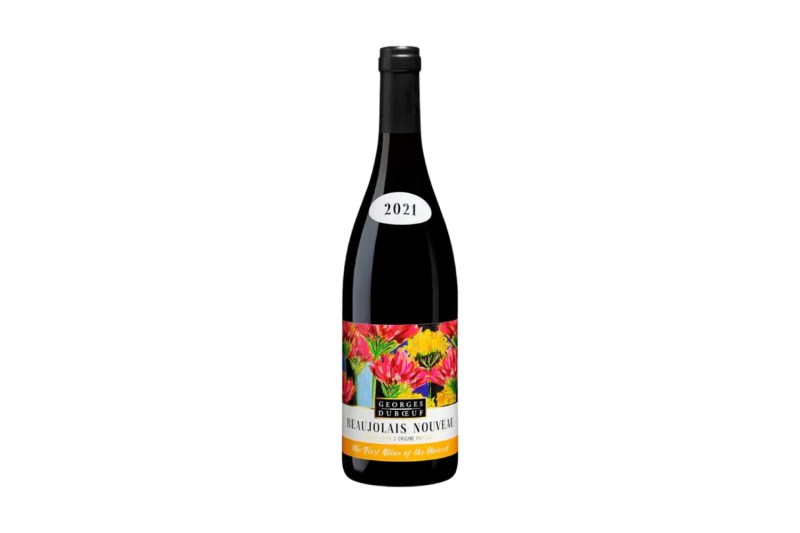
This wine, made in the exceedingly fresh Nouveau style, is light, bright, and full of fruit. It’ll make you fall in love with the Gamay Noir grape. And right now is the best time to drink it, as it’s best fresh and the newest versions (vintage 2022) are just coming online.
Seven Hills Merlot
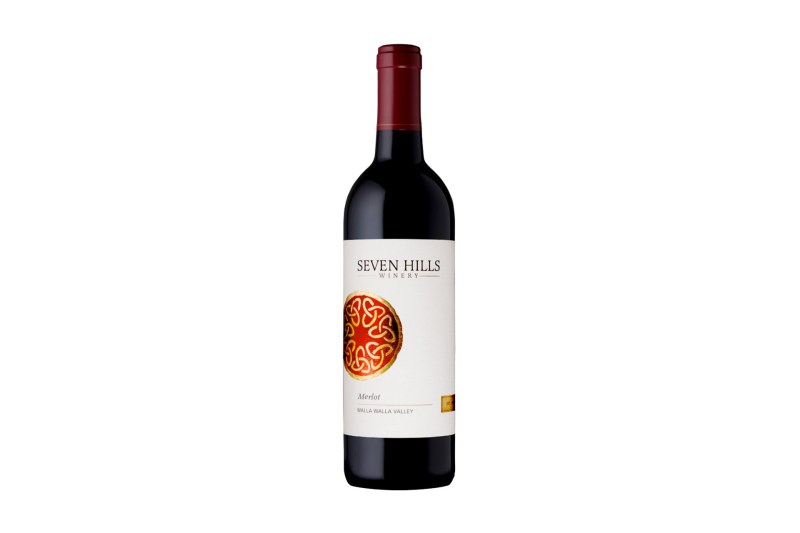
This rich and detailed red hails from the esteemed Walla Walla Valley. It’s great on its own or with grilled meats like hanger steak.
Chateau Lassègue
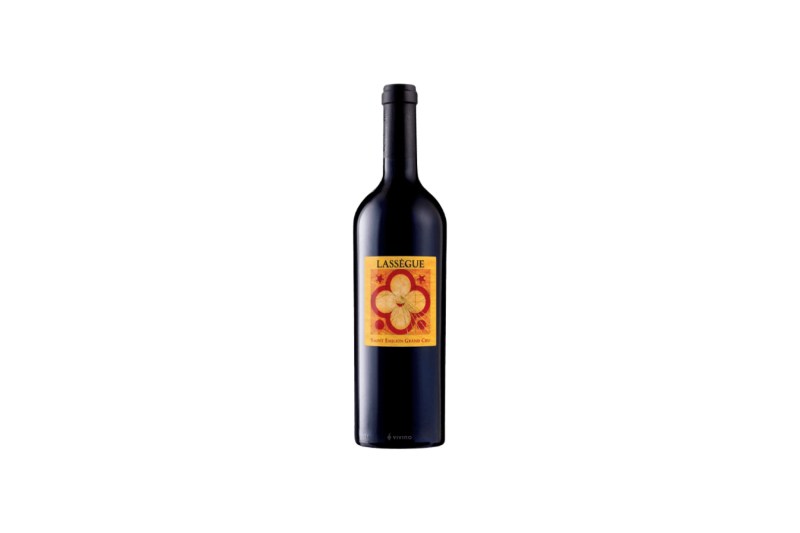
Bordeaux is not cheap but you’re wise to try a bottle or two of the better-than-entry-level stuff to really see what it can do. This one is outstanding and fun to taste over several hours as it evolves in the glass.
Fall Creek Vineyards Tempranillo
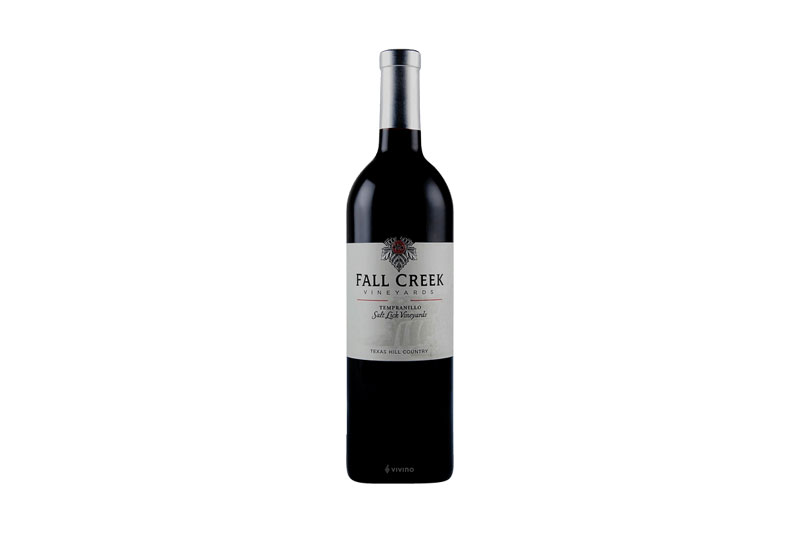
This dynamic red made from the Spanish Tempranillo grape hails from the Texas Hill Country. As you might expect, it does great with barbecue.
Tenuta Sant’ Antonio Valpolicella
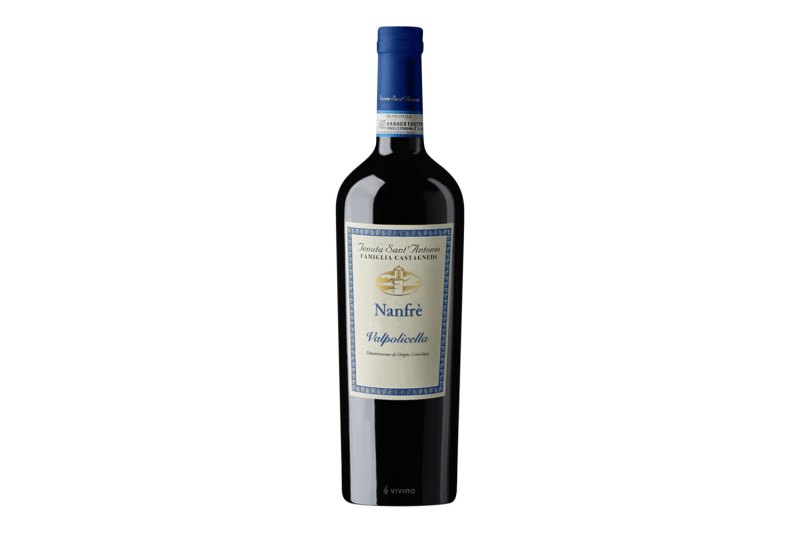
Valpolicella is a wine style out of Italy and while there can be some sweet versions, there are great dry ones too. It’s very refreshing, so much so that you might even want to give it a little chill before serving.
Les Alexandrins Syrah
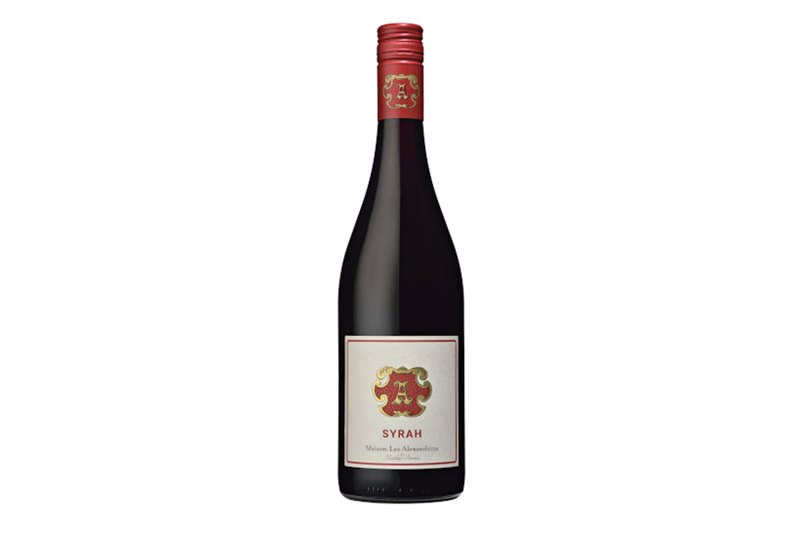
Let this wine jumpstart your interest in Syrah, as there are great options coming out of places like Australia (called Shiraz) and the west coast of the U.S.
Garzon Tannat
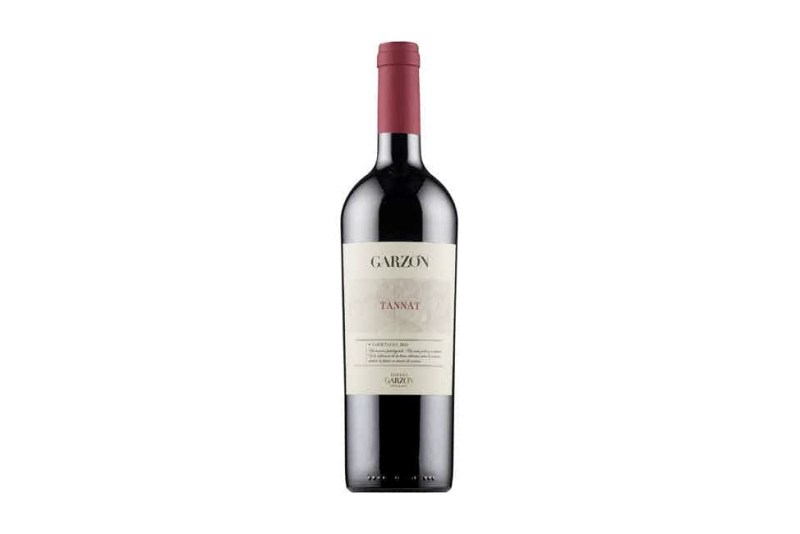
This inky red from Uruguay is great for those who like a full-bodied pour. Enjoy it on its own on a chilly night or with some stew or wild game. And stow some away for grilling season.
Again, there’s a lot to red wine. One could devote their entire life to the stuff and never taste the same thing twice. But with the above bottles at your disposal, you’ll get a great intro to the world’s most popular major wine genre. And you may even stumble into something you like so much you’ll want to buy a case or two and start your own wine cellar.



